“Don’t be satisfied with the stories that come before you; unfold your own myth”
-Rumi
“Centuries of travel lore suggest that when we no longer know where to turn, our real journey has just begun.”
-Phil Cousineau
“When your ship, long moored in harbor, gives you the illusion of being a house, put out to sea! Save your boat’s journeying soul, and your own pilgrim soul, cost what it may.”
-Helder Camara
Welcome to what I’m calling The Unfamiliar Movement Project! Before we begin, as a way of illustrating why I’m undertaking this project, I’d like to share a passage from my personal journal, recorded just a smidge over two months ago when I was still working as a teacher:
“May 18th, 2021:
School day happened, then went to run a 5k around Rifle. Felt bloated and sad. Headed out to eat with (colleague’s names omitted) where I created some stress-related indigestion. Then I headed back to the school with them, where we supervised a bonfire that continued the sadness for me. Weather was beautiful, the rain fell slowly and I just wanted to cry surrounded by my students. There were so many emotions, so many questions and ideas and confused feelings. This year has been a blur, and so much has been taken from me by this pandemic. I miss who I was. I miss the man who could smell wet grass after rain and just be content. I miss the feeling of living in a boundless world, the anticipation of a life yet to be, with all the potential for epic-ness that that entailed. I miss the world as I saw it.”
Every single one of my journal entries from March-May 2021 is like this. A little bit of background, for those of you who don’t know my story:
In late January of 2020, I shipped out for Peace Corps in Nepal. I was in the midst of my training, building close relationships with my host family, and preparing to move to my two-year site when COVID broke out. I’d been there for seven weeks of my twenty-seven-month commitment when my entire cohort and I were evacuated back into the U.S in March of 2020.
I hopped straight back into the relationship I’d been in before departure without a second thought. I accepted an ESL (English as a second language) teaching job that I’d turned down to go to Nepal. The job was in Rifle, Colorado, a town far from my family and support system. It was wrong for me in just about every way you can imagine, but I accepted it because I was in “survival mode” after evacuation (my girlfriend warned me against taking it, and I ignored her advice).
I moved there alone, experiencing extreme isolation in August of 2020. My girlfriend came to live with me in the fall, and between the job that I hated and the multi-act play of self-pity that I was acting out every day, our relationship unraveled. We broke up last November, she moved out, and I went into a much deeper depression.
This was when I finally started writing and self-publishing my work online. I’d wanted to be a writer my entire adult life, and in the isolation and depression, I finally put my money where my mouth was. This is what saved me and kept me afloat, and eventually led to me creating The Well-Lived Life! (thank you for your support. If you’re reading this, you’re the reason I can pursue this passion, so thank you).
As the school year went on, I retreated into myself. The realities of teaching a population of students that the community did not value were harsh. Teaching in-person in the COVID era created student behavioral issues that were near-impossible to deal with. In the beginning, I ground my teeth and pulled some of my hair out with the stress. Eventually, when I realized that no one was checking up on me, I stopped caring altogether. I’m ashamed to admit it, but it’s true. I’m one of the statistics, one of the many teachers who encountered the endless bureaucracy of the American education system and let it break them.
As the waves of this situation beat against me, I just… disappeared. I retreated into myself, letting the things that I love about myself that I’d so carefully built over the preceding years turn into smoke and vanish on the wind. I acted out being a teacher, barely inhabiting my physical body in my classroom. It was like watching life through thick mud. When school finished in early June, I was a cranky, pessimistic shell of my former self. I’d gained weight and felt uncomfortable in my body, feeling nothing like the athlete I saw myself as.
So I decided to do something about it.
I knew that I’d always tried to think my way out of the darkest periods in my life, and it had never worked. I wanted to move and play my way out, so I read Bessel Van Der Kolk’s masterpiece The Body Keeps The Score and educated myself about movement-based methods to heal trauma without medication, such as:
-Yoga, which can teach us to inhabit our bodies again:
“In yoga, you focus your attention on your breathing and on your sensations moment-to-moment. You begin to notice the connection between your emotions in your body—perhaps how anxiety about doing a pose actually throws you off balance. You begin to experiment with changing the way you feel. Will taking a deep breath relieve the tension in your shoulder? Will focusing on your exhalations produce a sense of calm?
Simply noticing what you feel fosters emotional regulation, and it helps you to stop trying to ignore what is going on inside you. As I often tell my students, the two most important phrases in therapy, as in yoga, are ‘notice that’ And ‘what happens next?”
-Appropriate physical touch, which can help us trust again:
“The most natural way that we humans calm down our distress is by being touched, hugged, and rocked. This helps with excessive arousal and makes us feel intact, safe, protected, and in charge… You can't fully recover if you don't feel safe in your skin. Therefore, I encourage all my patients to engage in some sort of Bodywork, therapeutic massage, Feldenkrais, or craniosacral therapy… People who are terrified need to get a sense of where their bodies are in space and of their boundaries. Firm and reassuring touch lets them know where those boundaries are: what's outside them, where their bodies end. They discover that they don't constantly have to wonder who and where they are. They discover that their body is solid and that they don't have to be constantly on guard. Touch lets them know they are safe.”
-Most surprisingly (for me at least) Van Der Kolk says trauma can be treated through theater and performance:
“Trauma is about trying to forget, hiding how scared, enraged, or helpless you are. Theater is about finding ways of telling the truth and conveying deep truth to your audience. This requires pushing through blockages to discover your own truth, exploring and examining your own internal experience so that it can emerge in your voice and body on stage.”
I was intrigued and decided I’d follow the thread of movement until I found healing, rather than seek out therapy (*this is an intentional choice on my part, in no way do I wish to diminish the healing power that therapy can have for individuals).
This is it! I thought. I’ll get back into my body and build the mind-body connection back by learning new ways to move!
I started researching places that I could study unfamiliar movements to help me heal.
In the course of my research, Costa Rica called my name. This small country is full of surf camps, circus schools, salsa dance schools, and yoga teacher training facilities. I booked a ticket and started training for my upcoming adventure, following a regimen of intermittent fasting and bodyweight exercises to build base-level strength for the coming trip. I lost fifteen pounds of teacher weight in a month and built back my general athleticism.
Here are the movements that I’m planning to learn and why. I’ve chosen them because they’re foreign to me, so they’ll be a challenge to my body and mind:
-Surfing (I’ve wanted to be good at surfing since I lived in Australia, I never put my money where my mouth was, and I’ve always regretted it)
-Aerial silks (I’ve never had great upper-body strength, and it’s one of the most beautiful performance art forms I’ve ever witnessed)
-Yoga (I’m fairly experienced, but my hamstring flexibility and strength needs serious work. I’ve arranged a three-week teacher training in September so that I can build my own practice as well as assist others in the future).
-Salsa dancing (this depends on availability, most schools are closed at the moment, but things are re-opening slowly after COVID).
-Muy Thai (depending on my ability to re-enter Thailand, which currently requires a two-week quarantine upon arrival)
-Thai massage (same requirement as above)
-Acroyoga (I’ve booked a teacher training for December in Bali, this will be the penultimate event that I’m building up to with this project).
The Gods are known to laugh at travel plans, especially in the COVID era, but as it stands, this is the plan.
Follow along with me as I heal from the trauma of the last year! There will be laughs. There will be tears. There will be misadventures and probably missed buses. There will be confusing times. There will be scientific research in layman’s terms.
Most of all, there will be community :)
See you next week for the first post on my experience as a new surfer!





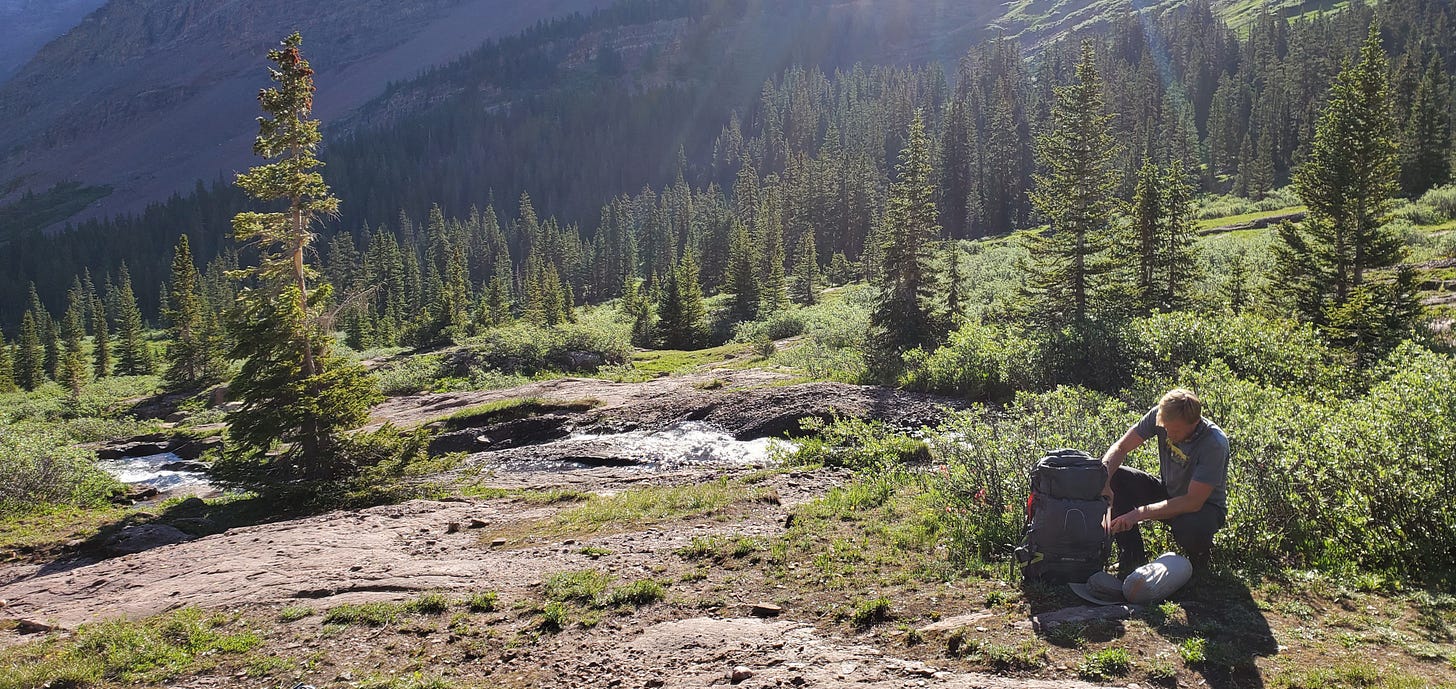

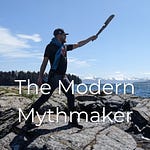
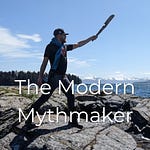
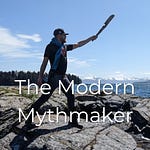

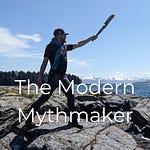

Share this post